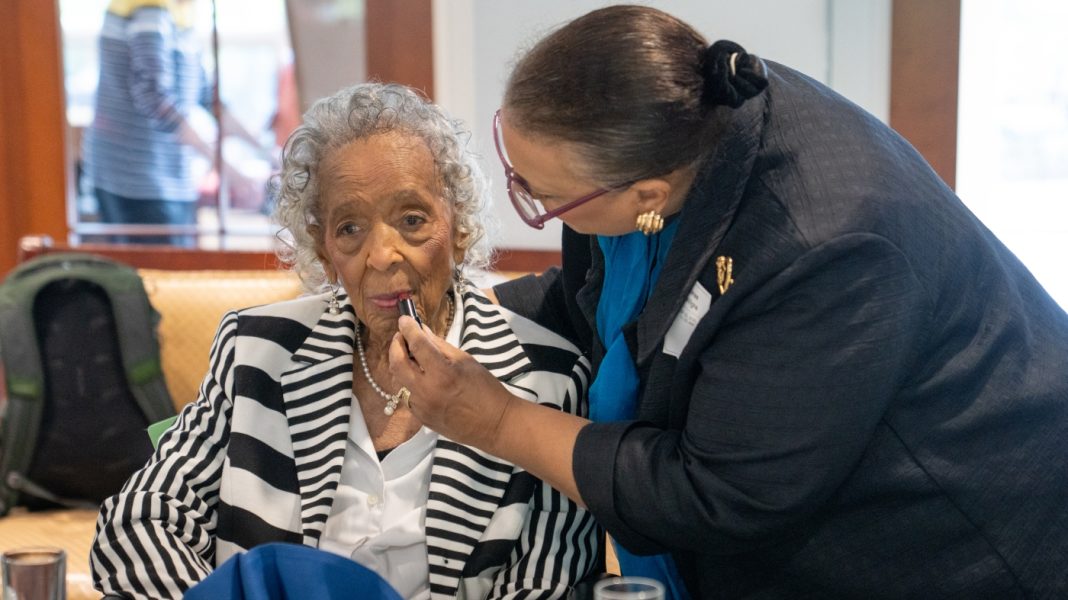The demographic scales are tipping, and not in our favor. Across the globe, birth rates are declining while life expectancies soar, creating a societal paradox: a rapidly aging population with fewer younger generations to support them. This isn’t just a statistical blip; it’s a profound shift with deeply personal implications, particularly for how we’ll care for our elders. The question isn’t if this challenge will arrive, but rather how we prepare for its increasingly urgent reality.
The Inverting Pyramid: Fewer Hands, More Needs
For centuries, societies operated on a pyramidal structure: a wide base of young people supporting a smaller apex of older individuals. Today, that pyramid is dramatically inverting. We’re witnessing a phenomenon where fewer children are being born, resulting in smaller families, while advancements in medicine and lifestyle mean more people are living longer, healthier lives. While longer lives are undoubtedly a triumph, this demographic shift presents a stark challenge. The shrinking pool of working-age adults responsible for a growing number of retirees creates a profound imbalance. This isn’t just about future pension schemes; it’s about the very hands-on care, emotional support, and extensive community infrastructure required for a dignified and fulfilling old age.
The Unfolding Crisis: Strain on Systems and Families
The implications of this demographic imbalance are far-reaching, extending beyond just individual family units. Consider the immense strain on public services: an older population generally requires more frequent and specialized medical attention, from chronic disease management to mobility support, creating unprecedented pressure on healthcare budgets and infrastructure. Who will staff these facilities, provide essential home care, or even simply combat the rising tide of isolation that often accompanies old age? The caregiving workforce is already under immense pressure, often underpaid and undervalued, and a shrinking younger demographic only exacerbates this critical shortage.
Family structures, historically a bedrock of elder care, are also feeling the squeeze. With smaller families and increased geographic mobility, adult children often find themselves as part of a “sandwich generation,” juggling their own children’s needs, demanding work responsibilities, and the increasing care demands of aging parents – often without adequate support or resources. “We talk a lot about the financial strain,” says Dr. Anya Sharma, a demographer specializing in aging populations, “but the emotional and physical toll on individual caregivers, often unpaid family members, is immense and unsustainable under current trends. It’s a silent crisis unfolding in homes everywhere, often without the recognition it deserves.”
Innovating for a Sustainable Future
Ignoring this demographic inevitability won’t make it disappear; it will only deepen the crisis. Addressing this challenge demands a fundamental shift in our collective mindset and approach. We need innovative solutions – from embracing technological advancements that support independent living and remote care, to developing more robust and accessible social programs. Crucially, there must be a societal re-evaluation of how we value and fund elder care, recognizing it as a public good, not merely a private family burden. This means investing in training and fair wages for professional caregivers, exploring new models of community-based support, and even rethinking urban planning to create age-friendly environments. It’s about building a compassionate infrastructure that can truly support all stages of life.
Conclusion
The challenge of an aging population supported by fewer young people is profound, touching every facet of our society. This isn’t solely a government problem or a family problem; it’s a shared societal one that requires collective action and intergenerational solidarity. The time for proactive planning, bold policy choices, and widespread innovation is now. We must ensure our elders receive the care, respect, and dignity they deserve, while also safeguarding the well-being of those who provide that care. The alternative is a future where the weight of an aging population becomes an unbearable burden on too few shoulders, a future none of us can afford.




